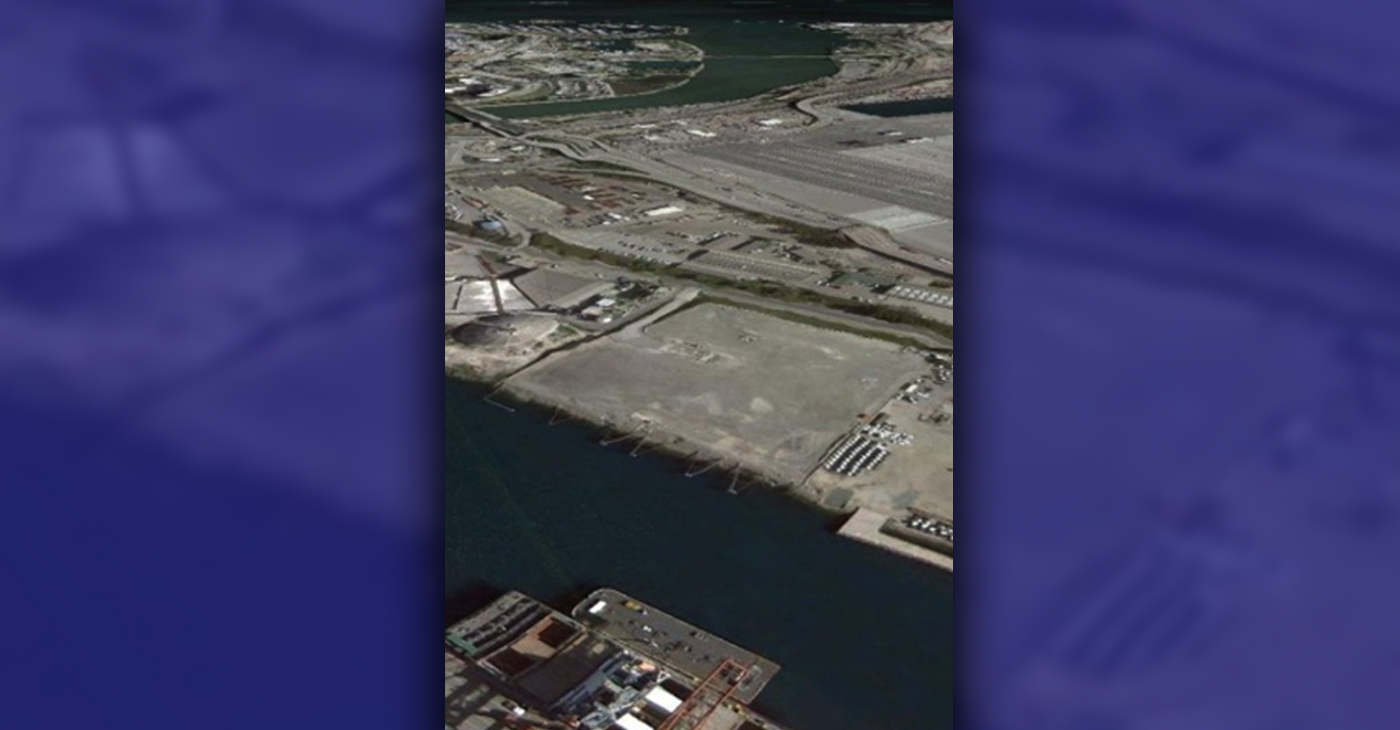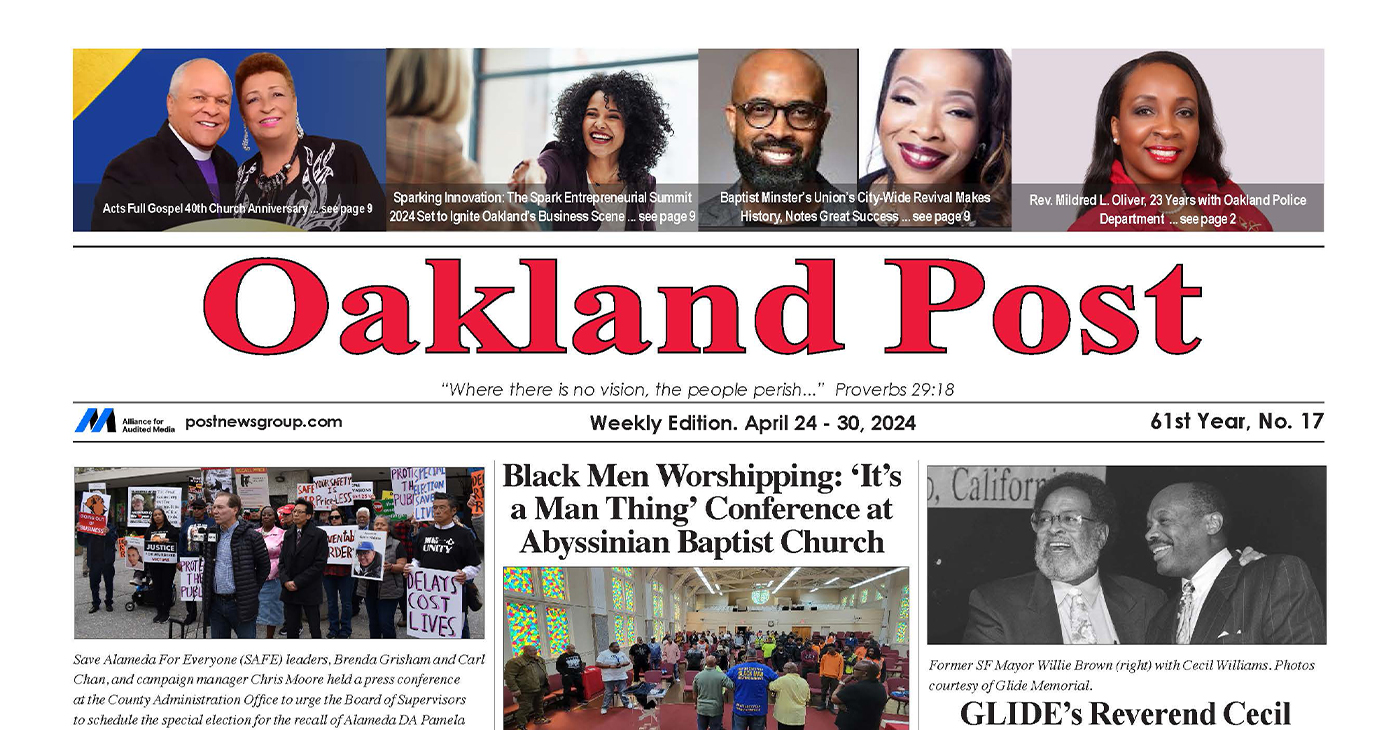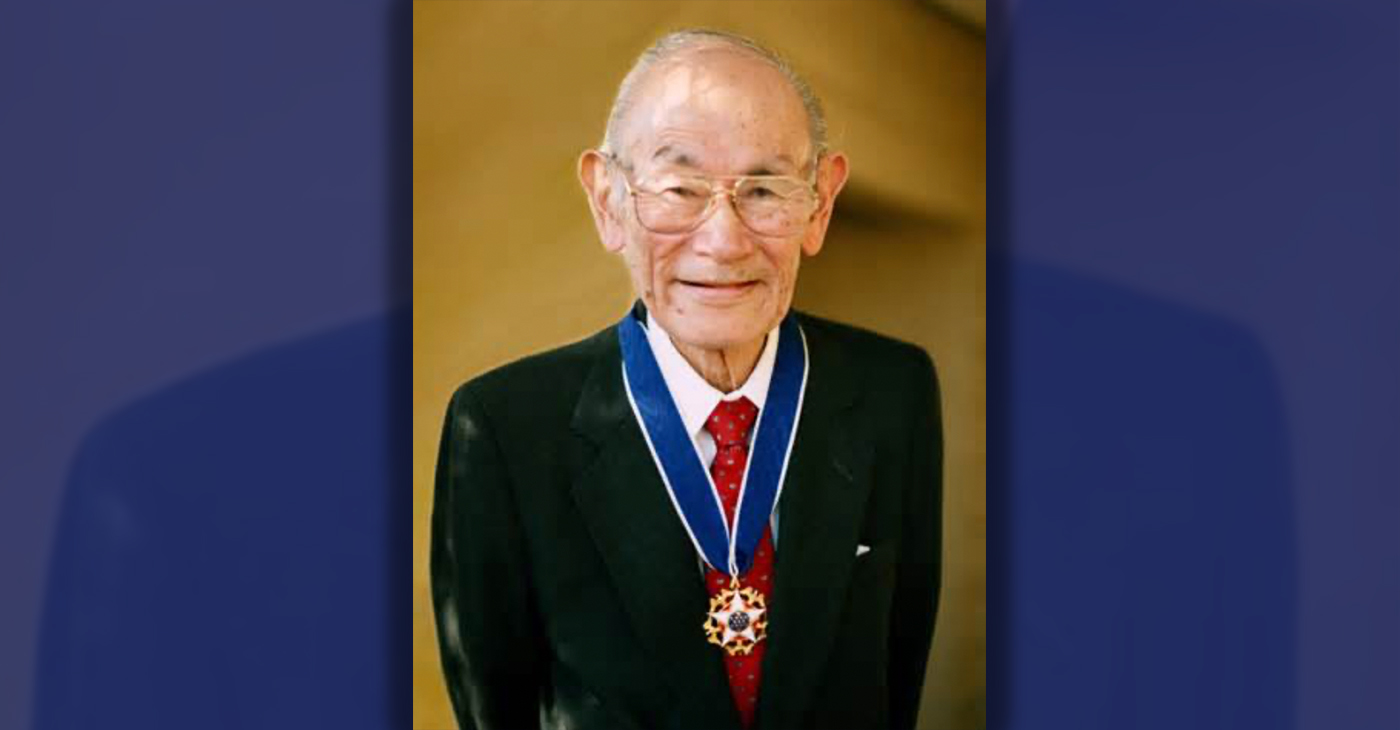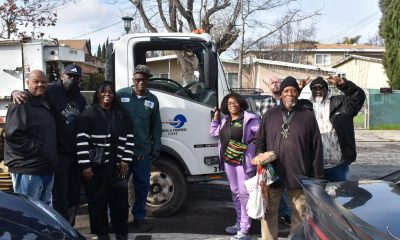Activism
Environmental Justice Group Sues Port of Oakland for “Negative Impacts” of Sand and Gravel Project
West Oakland residents are disproportionately lower-income and people of color, and they already face significantly elevated public health threats compared to more affluent Bay Area communities, including other parts of Oakland. West Oakland residents have a higher exposure to diesel particulate matter than 99% of Californians, according to CalEnviroScreen 4.0, according to WOEIP. Local residents’ asthma rates are worse than 98% of Californians, and they have a life expectancy that is 7.5 years shorter than that of the average Alameda County resident.

By Post Staff
The West Oakland Environmental Indicators Project (WOEIP) this week filed suit against the Port of Oakland for approving a large-scale sand and gravel storage terminal without adequately analyzing or mitigating the project’s significant impacts to public health and the environment, as required under the California Environmental Quality Act (CEQA).
West Oakland is already a severely environmentally overburdened community, and the proposed Eagle Rock Aggregates Oakland Terminal Project would contribute significantly to local air pollution, carbon emissions, noise, and water pollution.
WOEIP, a resident-led, community-based environmental justice organization, filed the lawsuit March 25 in Alameda County Superior Court. The group is demanding the project be rescinded, and if the Port continues to pursue this project, that the terminal’s environmental impacts to be adequately mitigated, as CEQA requires.
“This sand and gravel project would have severe negative impacts on the health of the people in my community,” said Margaret Gordon, co-founder of WOEIP and a former Port Commissioner. “The Port of Oakland Commissioners appear to be completely ignoring the public health impacts that would be caused by the dust blowing off the open-air piles of gravel aggregate into our neighborhoods; the 50 added ship visits every year, all idling in Port and burning one of the dirtiest fuels on the planet; and the 375 new daily truck trips along local West Oakland streets, all spewing diesel particulate matter directly into our air and our homes.”
“Looking beyond today’s legal action, we welcome collaboration with Port Commissioners and staff who are willing to work with us under the Community Health Protection Program established by AB 617,” added Gordon. “Our common goal can be to reduce emissions at the Port, for example by switching to zero-emission electric trucks and equipment.”
West Oakland residents are disproportionately lower-income and people of color, and they already face significantly elevated public health threats compared to more affluent Bay Area communities, including other parts of Oakland. West Oakland residents have a higher exposure to diesel particulate matter than 99% of Californians, according to CalEnviroScreen 4.0, according to WOEIP. Local residents’ asthma rates are worse than 98% of Californians, and they have a life expectancy that is 7.5 years shorter than that of the average Alameda County resident.
Residents in the West Prescott neighborhood, nearest to the proposed project site, have nine times the U.S. average toxic air contaminant cancer risk. Diesel particulate matter is responsible for more than 90% of thae total cancer risk in West Oakland.
The Eagle Rock project would significantly increase the level of particulate matter and diesel exhaust in West Oakland neighborhoods, in addition to increasing the Port’s carbon emissions.
“The environmental analysis for this project is clearly inadequate under state environmental law,” said Laura Beaton, attorney at Shute, Mihaly & Weinberger, representing WOEIP. “The Eagle Rock Aggregates project would have significant negative environmental and public health impacts, yet the Port of Oakland has failed to analyze these impacts, identify and adopt effective mitigation measures are reduce or avoid them, or consider or adopt reasonable alternatives.”
“It’s a serious challenge to the Port’s authority” says Brian Beveridge, co-founder of WOEIP. “And we don’t take it lightly. But, in casually certifying this deeply flawed environmental review, the Port Commission has abandoned its obligation to protect our public interests in the shoreline and our air.”
Port officials were notified by the California Attorney General’s Office, the Bay Area Air Quality Management District, and the California Air Resources Board that the environmental studies for this project are fatally flawed. Nevertheless, the Port’s decision has been to move ahead with the project.
In 2017, WOEIP brought a complaint under Title VI of the Civil Rights Act against the Port for its longstanding pattern of environmentally racist practices. In response, the Port implemented a Public Engagement Plan designed to build communication and trust between the community and the Port. However, although community groups engage in ongoing discussions with the Port, they claim their input has not led to any meaningful change in the Port’s operations.
“The Port’s actions are those of a bad neighbor,” said Gordon. “The people of West Oakland should not have to go to court to protect their health. If the Port wanted to be a responsible neighbor, they would try to mitigate the public health impacts of this project. Instead, they have left us with no other option than to fight a legal battle to protect the public health of the people in our community.”
For more information about the lawsuit, contact Severn Williams at 510-336-9566 or sev@publicgoodpr.com.
Activism
Oakland Post: Week of April 24 – 30, 2024
The printed Weekly Edition of the Oakland Post: Week of April 24 – 30, 2024

To enlarge your view of this issue, use the slider, magnifying glass icon or full page icon in the lower right corner of the browser window. ![]()
Activism
Oakland Post: Week of April 17 – 23, 2024
The printed Weekly Edition of the Oakland Post: Week of April 17 – 23, 2024

To enlarge your view of this issue, use the slider, magnifying glass icon or full page icon in the lower right corner of the browser window. ![]()
Activism
Oakland Schools Honor Fred Korematsu Day of Civil Liberties
Every Jan. 30, OUSD commemorates the legacy of Fred Korematsu, an Oakland native, a Castlemont High School graduate, and a national symbol of resistance, resilience, and justice. His defiant stand against racial injustice and his unwavering commitment to civil rights continue to inspire the local community and the nation. Tuesday was “Fred Korematsu Day of Civil Liberties and the Constitution” in the state of California and a growing number of states across the country.

By Post Staff
Every Jan. 30, OUSD commemorates the legacy of Fred Korematsu, an Oakland native, a Castlemont High School graduate, and a national symbol of resistance, resilience, and justice.
His defiant stand against racial injustice and his unwavering commitment to civil rights continue to inspire the local community and the nation. Tuesday was “Fred Korematsu Day of Civil Liberties and the Constitution” in the state of California and a growing number of states across the country.
One OUSD school is named in his honor: Fred T. Korematsu Discovery Academy (KDA) elementary in East Oakland.
Several years ago, founding KDA Principal Charles Wilson, in a video interview with anti-hate organization “Not In Our Town,” said, “We chose the name Fred Korematsu because we really felt like the attributes that he showed in his work are things that the children need to learn … that common people can stand up and make differences in a large number of people’s lives.”
Fred Korematsu was born in Oakland on Jan. 30, 1919. His parents ran a floral nursery business, and his upbringing in Oakland shaped his worldview. His belief in the importance of standing up for your rights and the rights of others, regardless of race or background, was the foundation for his activism against racial prejudice and for the rights of Japanese Americans during World War II.
At the start of the war, Korematsu was turned away from enlisting in the National Guard and the Coast Guard because of his race. He trained as a welder, working at the docks in Oakland, but was fired after the bombing of Pearl Harbor in 1941. Fear and prejudice led to federal Executive Order 9066, which forced more than 120,000 Japanese Americans out of their homes and neighborhoods and into remote internment camps.
The 23-year-old Korematsu resisted the order. He underwent cosmetic surgery and assumed a false identity, choosing freedom over unjust imprisonment. His later arrest and conviction sparked a legal battle that would challenge the foundation of civil liberties in America.
Korematsu’s fight culminated in the Supreme Court’s initial ruling against him in 1944. He spent years in a Utah internment camp with his family, followed by time living in Salt Lake City where he was dogged by racism.
In 1976, President Gerald Ford overturned Executive Order 9066. Seven years later, the 9th Circuit Court of Appeals in San Francisco vacated Korematsu’s conviction. He said in court, “I would like to see the government admit that they were wrong and do something about it so this will never happen again to any American citizen of any race, creed, or color.”
Korematsu’s dedication and determination established him as a national icon of civil rights and social justice. He advocated for justice with Rosa Parks. In 1998, President Bill Clinton gave him the Presidential Medal of Freedom saying, “In the long history of our country’s constant search for justice, some names of ordinary citizens stand for millions of souls … To that distinguished list, today we add the name of Fred Korematsu.”
After Sept. 11, 2001, Korematsu spoke out against hatred and discrimination, saying what happened to Japanese Americans should not happen to people of Middle Eastern descent.
Korematsu’s roots in Oakland and his education in OUSD are a source of great pride for the city, according to the school district. His most famous quote, which is on the Korematsu elementary school mural, is as relevant now as ever, “If you have the feeling that something is wrong, don’t be afraid to speak up.”
-

 Activism4 weeks ago
Activism4 weeks agoOakland Post: Week of March 27 – April 2, 2024
-

 #NNPA BlackPress4 weeks ago
#NNPA BlackPress4 weeks agoBeloved Actor and Activist Louis Cameron Gossett Jr. Dies at 87
-

 Community1 week ago
Community1 week agoFinancial Assistance Bill for Descendants of Enslaved Persons to Help Them Purchase, Own, or Maintain a Home
-

 Activism3 weeks ago
Activism3 weeks agoOakland Post: Week of April 3 – 6, 2024
-

 Business1 week ago
Business1 week agoV.P. Kamala Harris: Americans With Criminal Records Will Soon Be Eligible for SBA Loans
-

 Activism2 weeks ago
Activism2 weeks agoOakland Post: Week of April 10 – 16, 2024
-

 Community1 week ago
Community1 week agoAG Bonta Says Oakland School Leaders Should Comply with State Laws to Avoid ‘Disparate Harm’ When Closing or Merging Schools
-

 Community6 days ago
Community6 days agoOakland WNBA Player to be Inducted Into Hall of Fame




















































